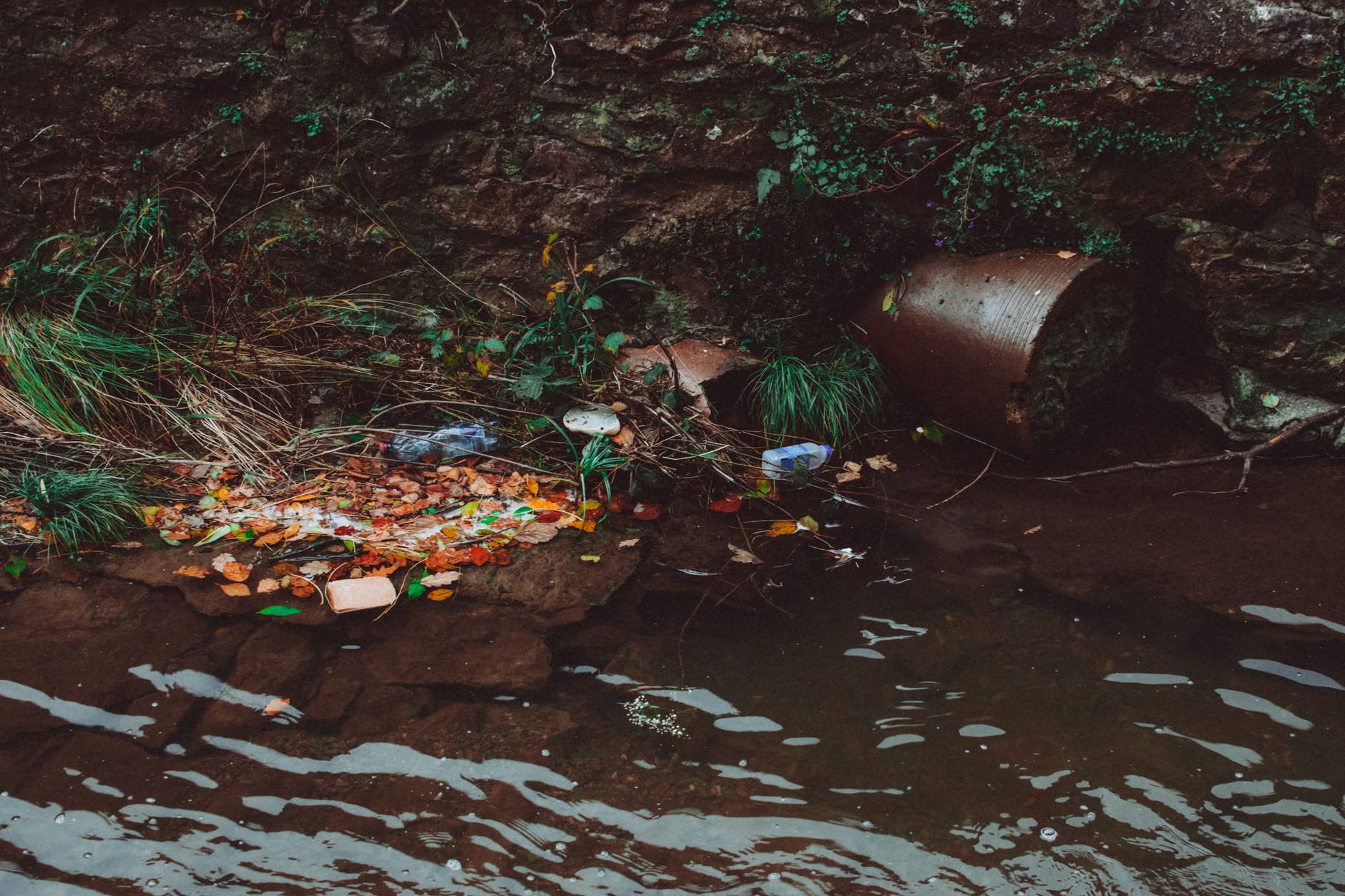People living in developed countries with access to clean water and food are lucky. The risk of them getting infected by certain diseases is lower than areas with poor sanitation and unavailable clean water and foods. Cholera, a good example of that disease, remains a global threat to public health, especially to underdeveloped areas. An acute, diarrheal illness caused by a bacterial infection of the intestine that can kill within hours if left untreated.
Cholera in History
The time when cholera first affected people is still unclear but there are writings from India around the 5th century B.C. and Greece around the 4th century B.C. describing cholera-like illness.
The first detailed report of a cholera epidemic was in the spring of 1543 at the Ganges Delta, which is located in the south Asia area of Bangladesh and India. Gaspar Correa, the Portuguese historian and author of the report, said victims are killed within 8 hours of developing symptoms. The fatality was so high that locals struggled to bury all the dead.
There are six recorded cholera pandemics and we are currently on the seventh pandemic.
In 1817, the first cholera pandemic emerged from its reservoir in the Ganges Delta and reached Jessore, India. The disease quickly spread across most of India, Myanmar, and Sri Lanka by trade routes established by Europeans. By 1820, the disease reached Thailand, Philippines, and Indonesia where more than 100,000 people died on Java Island alone. In 1821, 18,000 people died in Iraq during the three-week period. It made its way to China and Japan around 1822 by way of infected people on trade and army ships.
Asia
The disease also spread beyond Asia. Cholera was brought to the Persian Gulf in 1821 when British troops traveled from India to Oman. The disease then reached Turkey, Syria, and Russia. The pandemic then died out 6 years after it began.
The deadliest was said to be the third pandemic, 1852 to 1859. Again, it originated from India then spread across Asia, Europe, North America, and Africa. In 1854, 23,000 people died of cholera in Great Britain alone.
In that same year, British physician John Snow carefully mapped the cases of cholera in the Soho area in London. He succeeded in identifying contaminated water as the transmitter of the disease. The breakthrough helped in the fight against cholera.
The fifth pandemic started in 1881 until 1896. It originated from the Bengal region of India and swept through Asia, France, and Germany. Cholera claimed 200,000 lives in Russia in just two years. Quarantine measures based on John Snow’s findings kept cholera at bay in Britain and the United States.
During the fifth pandemic, German microbiologist Robert Koch, the founder of modern bacteriology, studied cholera in Egypt and Calcutta. In 1883, he concluded vibrio cholerae as the responsible microbial agent that causes cholera.
The seventh and current pandemic began on the island of Celebes in Indonesia, 1961. During the 1960s, it spread throughout Asia and the next decade reached the Middle East and Africa. In 1990, more than 90% of all cholera cases reported to WHO were from the African continent.
The current cholera pandemic has affected around 120 countries but it largely devastated the less developed nations.
How Cholera Works
Cholera is an intestinal infection caused by the bacterium Vibrio cholerae. These bacteria are short rod-shaped that appear curved when isolated. The bacteria typically live in waters that are salty and warm such as estuaries and coastal water. There are more than 200 different serogroups of V. cholerae however only two serogroups are known to cause cholera.
Once the bacteria infect the intestine, it secretes cholera toxin from its coating. Part of the toxin enters the intestinal cells. The toxin increases the activity of cellular pumping of water and electrolytes between the intestine and the circulatory system. The activity will lead to extreme loss of water and salts in the patient’s body.
Cholera is a waterborne illness. People can contract cholera when they ingested water or food contaminated with V. cholerae. In epidemics, it usually spreads by the fecal-oral route meaning the infection spreads through a population when feces with the bacterium contaminate water and then ingested by people. Transmission with food irrigated, washed, or cooked with contaminated water can also occur. High-risk foods are raw or undercooked shellfish and seafood. Fresh fruits and vegetables washed by contaminated water can also transmit cholera.
Symptoms and Treatments
About 80% of people infected do not develop any symptoms but the bacteria are present in their feces and are shed back to the environment, potentially infecting other people.
Those who develop symptoms are marked by the sudden onset of watery diarrhea, vomiting, and rapidly become dehydrated. Blood pressure falls and muscular cramps become severe. The rapid loss of fluid, if untreated, leads to death within a matter of just a few hours.
We are still on the seventh pandemic but the advancement in medical science is helping us reduced the number of people who die from it.
Cholera can now be treated successfully through the prompt administration of oral rehydration solution (ORS). Severely dehydrated patients require a rapid intake of intravenous fluids. Patients are given appropriate antibiotics to shorten the course of infection.
Oral cholera vaccines are available but are primarily used in areas experiencing an outbreak and areas at heightened vulnerability, known as “hotspots”.
The best way and long term solution to cholera are to have universal access in safe and clean water and providing hygiene infrastructure. Another important intervention is the hygienic disposal of human wastes.
It is estimated that each year there are 1.3 million to 4 million cases of cholera and around 21,000 to 140,000 deaths worldwide.
People around the world are fighting against certain diseases. Some have heart or lung problems. Some are fighting mental health issues such as burnout. But people in underdeveloped countries are fighting against a disease which can easily be defeated through access to clean water and proper hygiene, which we often overlooked.
 Lifeyet News Lifeyet News
Lifeyet News Lifeyet News





